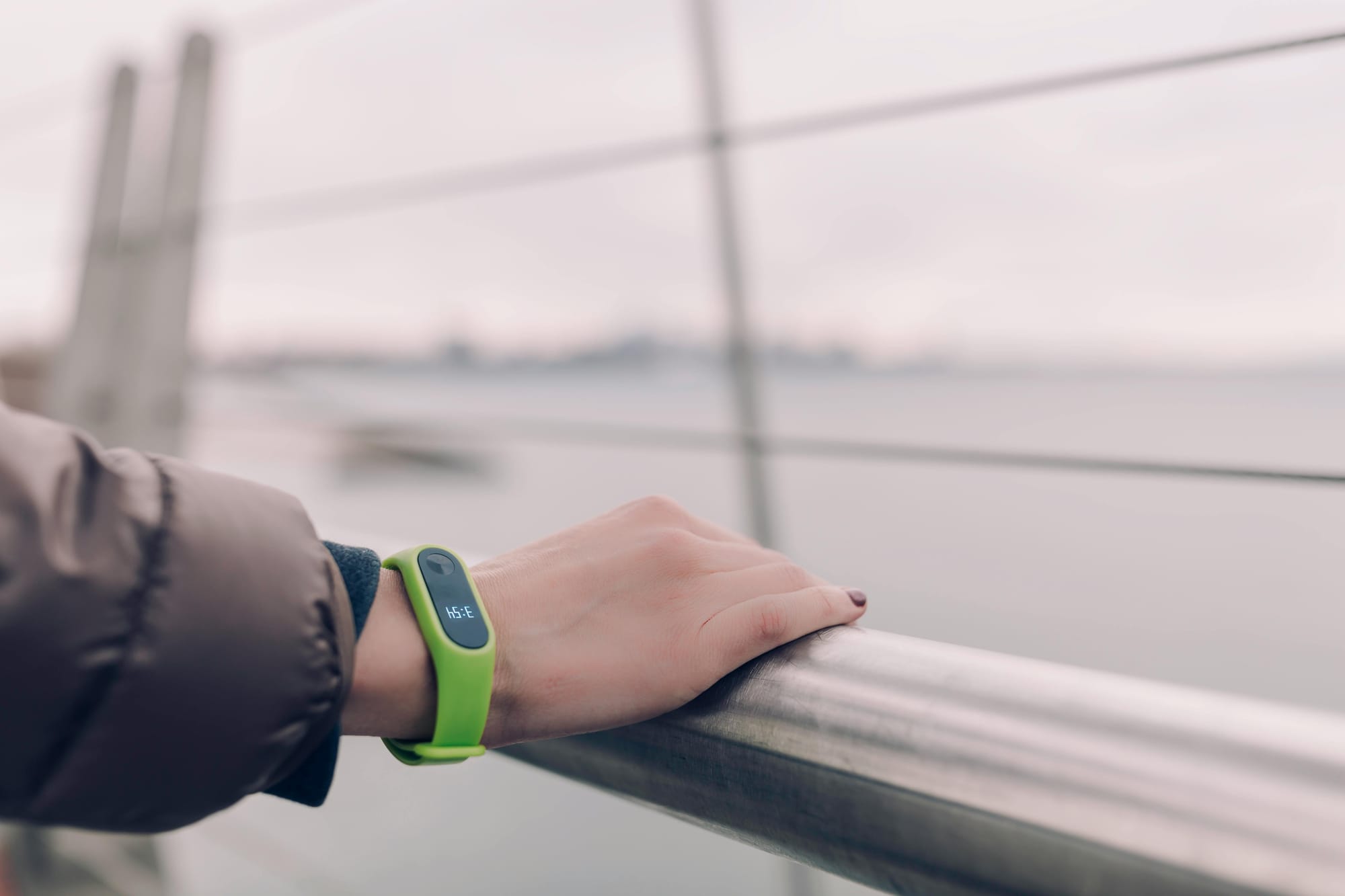Five Free and Easy Ways to Move More
Regular physical activity helps to strengthen the heart and improve circulation, which can reduce the risk of heart disease, high blood pressure, and stroke. Getting in exercise can seem challenging but here are a few free and easy ways to get started.

We all know that we should move more. Regular physical activity helps to strengthen the heart and improve circulation, which can reduce the risk of heart disease, high blood pressure, and stroke. It can also help with weight management and can help manage symptoms while improving overall quality of life.
The benefits aren’t just physical: regular movement can help reduce stress and anxiety, improve mood, and help with memory and concentration. In fact, a recent study found that even a few minutes of exercise per day can help reduce dementia risk by more than 40 percent.
Most people should try to get at least 150 minutes of exercise per week, which works out to 30 minutes per day for five days a week. But for many people, that’s easier said than done. By the time you get home from work, run kids to activities, and make dinner you’re tired. And there is still laundry to be done, to-do lists to finish, and more. Trying to fit in 30 minutes of exercise can seem like an impossible task.
But there’s good news! First, “physical activity” doesn’t have to mean “working out.” And second, you don’t have to do it all at once. Even squeezing in a few minutes here and there can add up and provide big benefits. Here are five ways you can increase your daily activity level. Best of all, all of them are free!

Take a Walk Break at Lunch
Taking a short walk on your lunch break is great way to squeeze in a few activity minutes. Take a five-minute walk around the parking lot every day and you’ll get 25 minutes per week. If you can do a 10-minute walk then you’ll get 50 minutes of added movement every week. Maybe you can even convince a friend or two to join you for a little social time.
As an added bonus, taking a short lunchtime walk can make you more alert and give you more energy through the rest of the day. So no more dozing off during that 1:00 staff meeting.
Walk to the Mailbox
Yeah, I know the mail is usually either junk flyers or bills, but you still need to check in case something important arrives. These days, many of us live in apartments or neighborhoods with centralized mailboxes. Walking to the mailbox is an easy way to get in a 5-10 minute walk. If your walk takes five minutes each way, that adds up to 60 minutes per week!
Want to get a bit more? Extend your walk to or from the mailbox (or both) by taking the long way around. If you spend just 15 minutes getting your mail six days per week, that’s an hour and a half of movement.

Park Further from the Store Entrance
Most people try to look for the closest parking spot when going shopping. But unless it’s pouring down rain, why not park a little further out? It is usually much easier to find a spot, there is less chance of your car getting dinged, and you get a few extra activity minutes. You can apply this same rule everywhere you go: work, the doctor, daycare – you get the idea. Let’s say you go shopping three times a week, plus work. By adding two minutes each way you just got another 32 minutes of walking. Good job!
And if it is pouring down rain? Then why not spend a few more minutes wandering the aisles? You don't have to buy anything extra, but a few extra minutes walking inside the store adds up too.

Take a Quick Walk After Dinner
Physical activity can help you sleep better, and taking a five or 10-minute walk after dinner is a great way to get in some exercise. It’s also a great way to get in some family time while letting the kids use some of their energy. You don’t have to go far; even walking a few laps around your yard will get some much-needed movement. Five minutes a day? That’s an extra 35 minutes a week. Boom!

Use Your Tracker or Phone
A lot of people wear smartwatches or fitness trackers, and many of them offer goal setting, reminders, and awards. Put your device to work by adjusting your goals or having the app automatically do it for you. How many steps or minutes of movement are you getting now? Try increasing it by 10 or even 20 percent. You’ll find that you can sneak in a few minutes here and there to hit your goals or get that award!
No tracker? No problem! The Apple Health app automatically tracks your steps, walking, and running distances, and you can use the app to keep track of your trends and progress. If you’re using a Samsung device then you can use their Health app to track your step count. There are also plenty of free apps available on both Apple and Android if you’d like something else.
Every Bit Counts
Life is busy and it can be a challenge to squeeze in exercise on top of everything else. But exercise doesn’t have to be going to the gym or on a run. And while we should all get at least 30 minutes of physical activity per day, it doesn’t all have to be at one time. Five minutes here, 10 minutes there – it adds up to better health, lower disease risk, and better sleep.
This list is just a start: see how many ways you can think of to work some movement into your day.





